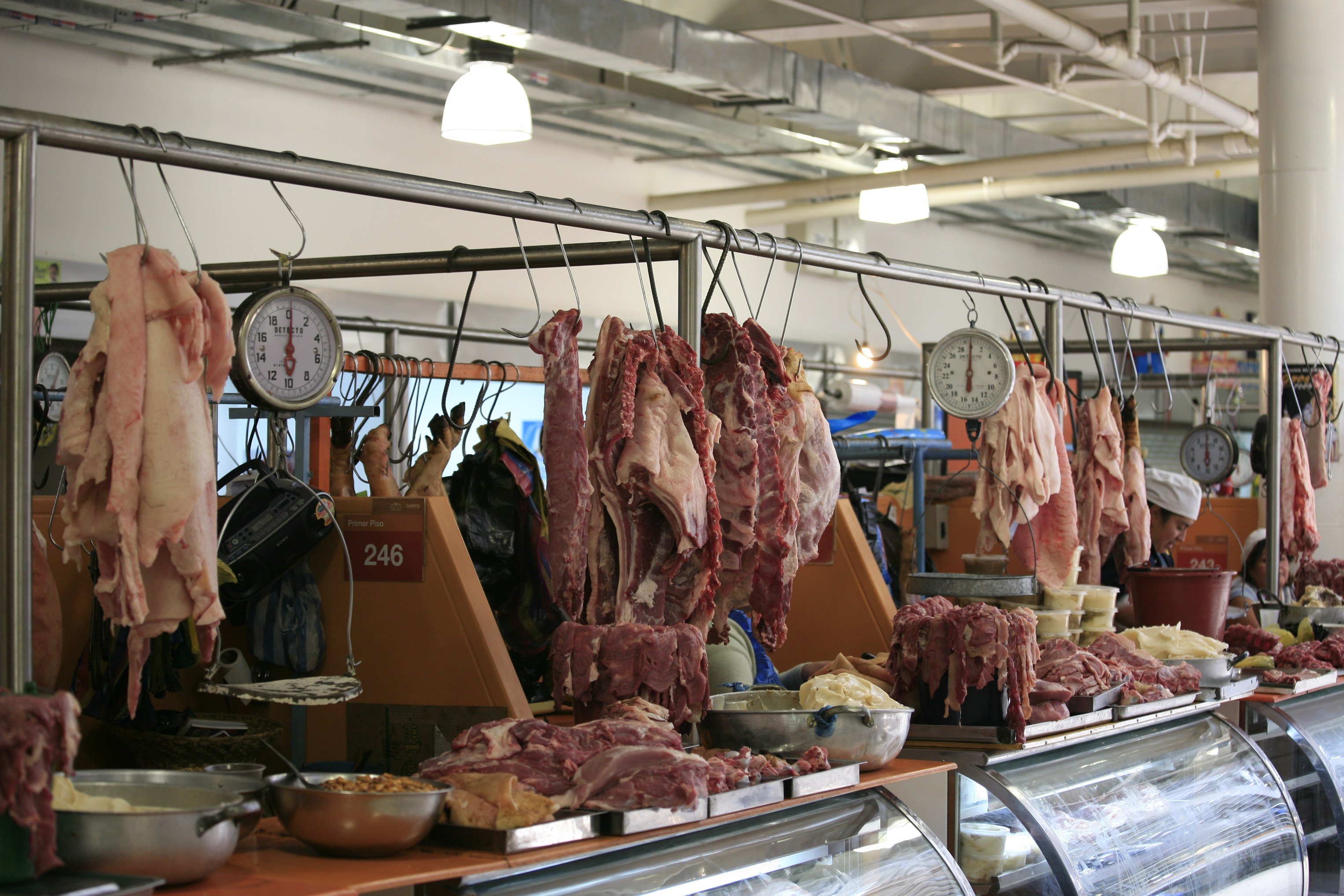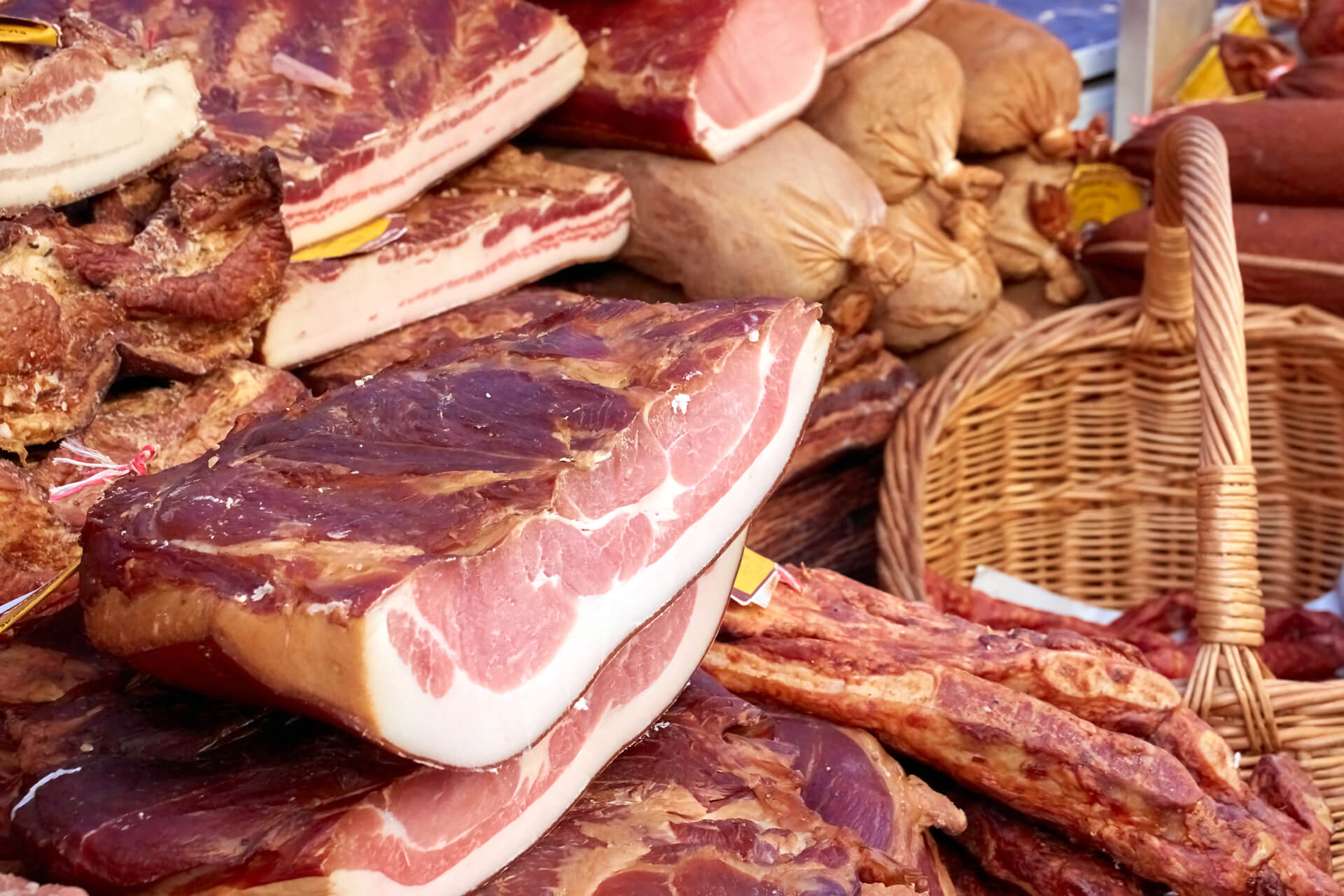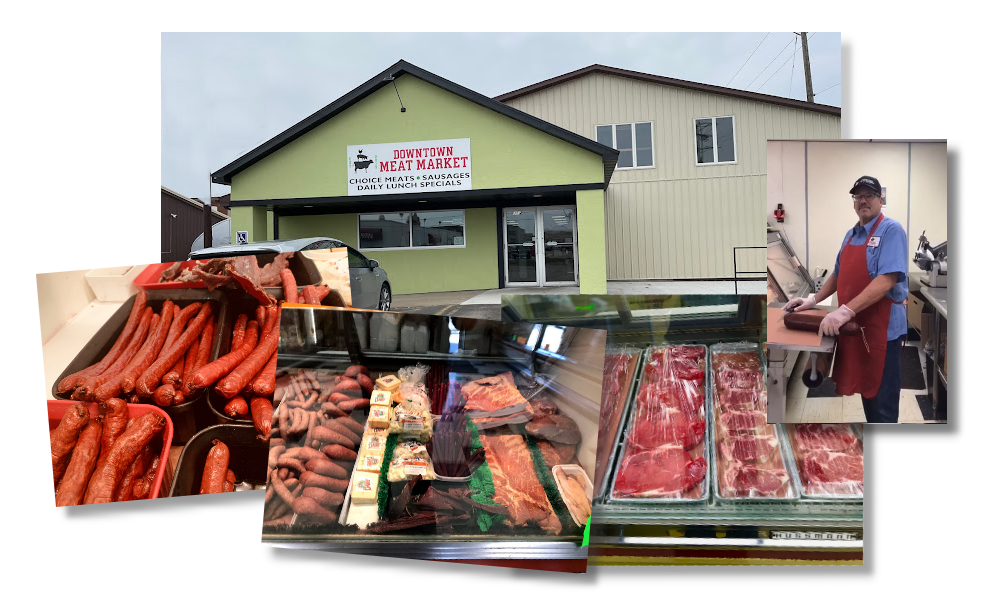Why Citizens Love Bagley Farms Meat Market Edwardsville IL for Their Meat Buying
Why Citizens Love Bagley Farms Meat Market Edwardsville IL for Their Meat Buying
Blog Article
Reveal the Art of the Butcher's Cut in a Modern Meat Market
In the ever-evolving landscape of contemporary meat markets, the butcher's cut has transcended its standard origins, merging olden workmanship with contemporary techniques. bagley farms meat market edwardsville il. Today's butchers are not just processors of meat; they are educated artisans that highlight sustainability and honest sourcing. Their proficiency in choose and preparing cuts tailored to particular cooking demands uses an unrivaled dining experience. What genuinely establishes the contemporary butcher apart is their ability to create a much deeper link between consumers and the origins of their meat. How do these masters balance practice with advancement, and what ramifications does this have for the future of meat usage?
Development of Butchery Strategies

The mid-20th century saw butchery techniques further refined by scientific insights right into muscle biology and meat aging, boosting both inflammation and preference. Technologies like vacuum cleaner product packaging and refrigeration extended item shelf-life, enabling butchers to branch out offerings and enhance quality control. This period additionally marked the surge of specific devices, such as band saws and meat slicers, which enhanced accuracy and effectiveness in meat handling.
The 21st century has introduced electronic innovation into the butchery realm. Computerized systems now aid in tracking pet provenance and maximizing cuts to satisfy specific client preferences. Furthermore, a resurgence in artisanal butchery has actually arised, blending standard abilities with contemporary expertise to satisfy customers seeking ethical and lasting meat alternatives. This advancement emphasizes a vibrant interaction between tradition and development, meeting contemporary demands while protecting the craft's heritage.

Recognizing Meat Cuts

Understanding the complexities of meat cuts is necessary for both butchers and consumers looking for top quality and value. Each cut originates from a different part of the pet, giving distinct tastes, structures, and cooking techniques. Proficiency of these differences not just boosts culinary experiences but additionally makes the most of the utility of each carcass. For butchers, specific cuts reflect skill and respect for the craft, guaranteeing very little waste and ideal return.
The key classifications of meat cuts include primal, sub-primal, and retail cuts. Primitive cuts, such as the loin, rib, and chuck, are the big sections at first separated from the carcass. Butchers after that break these down further into sub-primal cuts, prior to finally producing retail cuts available to consumers, like ribeye or tenderloin. Each phase calls for cautious focus to anatomical structure and muscle make-up.
Understanding muscle structure is crucial; muscular tissues made use of more frequently by the pet tend to be harder and are best matched for slow-moving food preparation methods, while less-used muscles, like those found in the loin, are extra tender and suitable for cooking or roasting. Knowledge with these distinctions equips customers to make enlightened options, improving their culinary ventures.
Selecting Quality Meat
Selecting the best meat includes even more than simply picking an aesthetically appealing piece from the screen. The art of selecting high quality meat needs a critical eye and knowledge of details qualities that signify quality and quality.
Secondly, consider the marbling, which refers to the white streaks of fat within the muscular tissue. Proper marbling is a crucial indicator of tenderness and taste, as it melts throughout food preparation, enhancing the meat's juiciness. Bear in mind, greater marbling usually correlates with premium high quality cuts, such as USDA Prime.
Appearance is another crucial factor; meat ought to really feel solid to the touch, not slimed or extremely soft. Furthermore, be conscious of the aroma. Fresh meat must have a tidy, neutral scent, complimentary from any type of sour or repulsive smells.
Combining Cuts With Food Preparation Methods
Effectively matching cuts of meat with the proper food preparation techniques is important for accomplishing optimum taste and appearance. These methods enhance the meat's all-natural flavors and make certain a juicy finish.
Alternatively, harder cuts like brisket and chuck roast are abundant in collagen, which damages down into gelatin when cooked gradually. These cuts are suitable for braising or slow-moving roasting, permitting the meat to soften in time and create deep, complex flavors. In a similar way, cuts such as short ribs and pork shoulder fare well with slow-cooking approaches, where expanded cooking times change their durable structures into succulent dishes.
Lamb shanks and oxtail, which require prolonged food preparation to tenderize, are best candidates for stewing or slow-moving simmering. These techniques coax out abundant, hearty tastes while preserving moisture. By understanding the one-of-a-kind characteristics of each cut, cooks and home chefs alike can boost their culinary creations, making sure each dish is both pleasing and remarkable.
The Butcher's Duty Today
Navigating the progressing landscape of the modern meat market, the butcher's duty today extends beyond mere preparation of cuts. Contemporary butchers are cooking craftsmens, teachers, and advocates for sustainable practices. They link the gap between the ranch and the fork by making sure moral sourcing, comprehending pet husbandry, and prioritizing transparency in the supply chain. This change shows the expanding customer demand for high quality over visit our website quantity, where provenance and pet well-being are paramount.
In addition to crafting accurate cuts, butchers look what i found now involve straight with consumers, offering cooking recommendations and tailoring selections to match specific demands and choices. Their experience in meat aging, marbling, and flavor accounts encourages customers to make informed decisions, enhancing their cooking experiences. This customized service exhibits the butcher's progressing function as a relied on consultant in the kitchen.
Moreover, butchers are pivotal in decreasing waste, making use of whole animals to develop diverse items such as sausages and stocks - bagley farms meat market edwardsville il. This comprehensive technique not just values the animal however also lines up with contemporary sustainability goals. This way, the modern-day butcher embodies both tradition and advancement, adapting to an ever-changing market while protecting the virtuosity and stability of their view craft

Conclusion
Mastery in recognizing varied meat cuts and high quality indications encourages butchers to offer educated referrals, straightening details cuts with optimum cooking techniques. By recognizing historic practices while welcoming modern needs, the butcher's duty stays crucial in today's sophisticated meat market.
Report this page